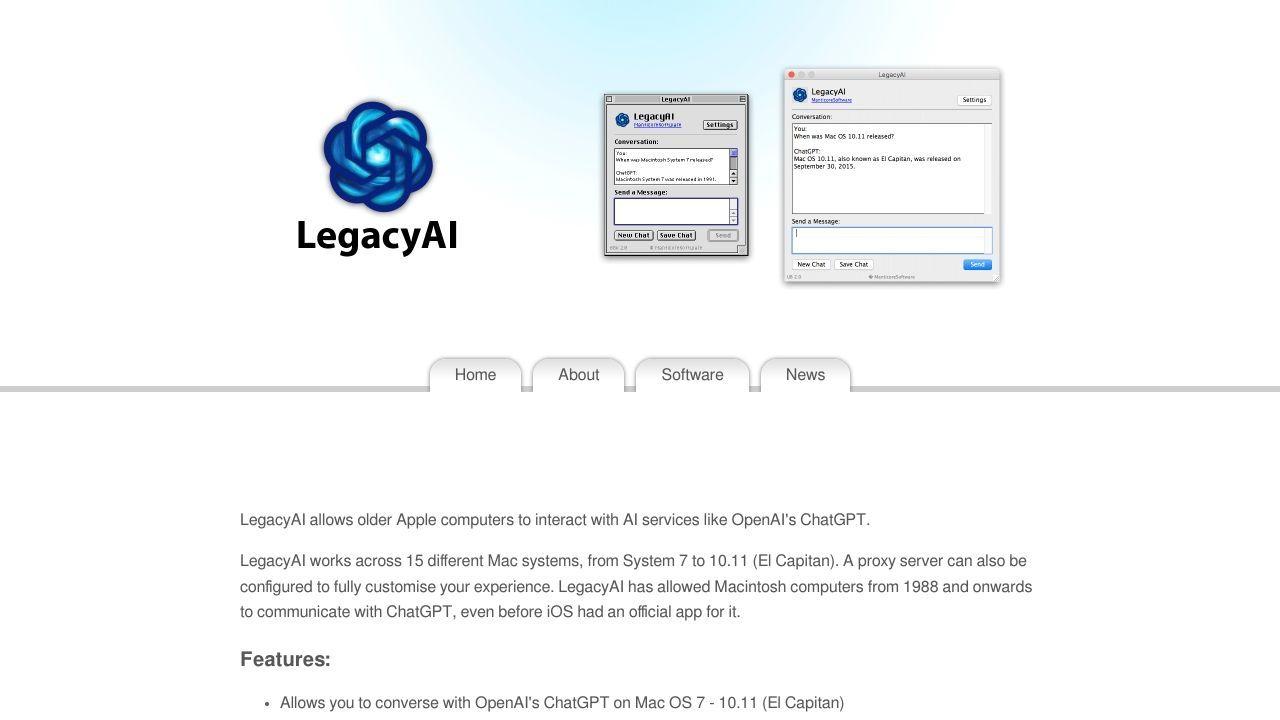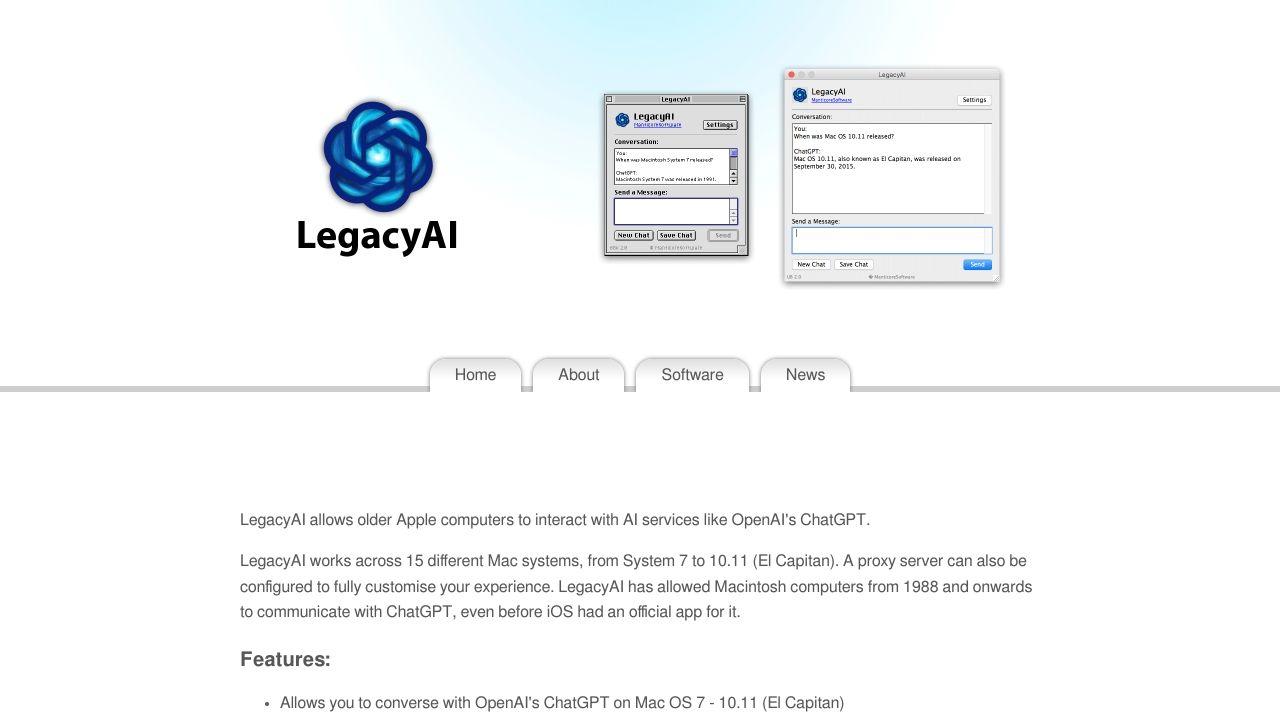Before you splurge on new Apple hardware to use the latest AI features, check out how you can accomplish some of the same AI-assisted tasks on the phone you have.
After ChatGPT's launch in November 2022, nearly every company joined in on the AI craze -- except Apple. Two years later, at its annual Worldwide Developer Conference (WWDC) in June, Apple unveiled a collection of AI features called Apple Intelligence. While they look impressive (and certainly are), many of the new features have been done before by OpenAI's ChatGPT.
Also: Apple Intelligence arrives next month: 6 AI upgrades iPhone users can expect first
Next month, Apple's software updates will bring generative AI capabilities to iPhones, iPads, and Macs. However, OpenAI already unveiled major upgrades to the free version of ChatGPT in May, and the similarities to what Apple Intelligence will do are worth noting.
The Apple Intelligence updates will be free, but the full experience will only be available on iPhones with the A17 Pro chip or above, which currently only includes iPhone 15 Pro and iPhone 15 Pro Max, and iPads and Macs with the M family of chips, and of course, the iPhone 16 lineup announced earlier this week at Apple's iPhone 16 launch event.
Also: iOS 18.1 update: Every iPhone model that will support Apple's new AI features (for now)
Instead of spending thousands of dollars rushing to upgrade to the newest Apple devices or waiting until next month when these features drop, you should check out ChatGPT first. OpenAI's free chatbot has many of the same features coming to Apple Intelligence.
With Apple Intelligence, Writing Tools will be built into the Apple devices to help rewrite, proofread, and summarize text. Apple says the tools will be accessible "everywhere words matter," including Mail, Keynote, third-party apps, and more.
Also: How ChatGPT (and other AI chatbots) can help you write an essay
ChatGPT has advanced natural language processing (NLP), making it a great writing tool. It can generate new text from scratch, proofread, coedit, rewrite, and more. While the ChatGPT experience may not live natively within Apple devices the way Apple Intelligence will, users can easily copy and paste its output into a tab while accessing ChatGPT in their browser.
Another option for Apple users is to take advantage of the ChatGPT app for iPads and iPhones. There's even a ChatGPT app for MacOS, which allows users to access the chatbot quickly via a keyboard shortcut, simulating a built-in experience.
Apple also unveiled its first text-to-image generator, Apple's Image Playground, at WWDC. This generator will be built into iOS 18, iPadOS 18, and MacOS Sequoia as part of Apple Intelligence and will also live as a stand-alone app. With it, users will be able to generate images from simple text prompts and even a person from their Photo library. However, Image Playground will not roll out in October but in the coming months, according to Apple.
Also: The best AI image generators to try right now
Image Playground's functionality will likely be similar to OpenAI's image generator, DALL-E 3, which can be accessed via ChatGPT. There is a limit of two pictures in the free version of ChatGPT, but with ChatGPT Plus, users can generate as many images as they'd like. Even though ChatGPT Plus has a $20 per month subscription, it offers users a wider variety of options since it can render images in any style. Image Playground is limited to three styles: Animation, illustration, and sketch.
Apple shared that with Apple Intelligence, Siri will have on-screen awareness, making asking it for help with certain tasks easier. During OpenAI's Spring Launch event, the company also showed a demo indicating that ChatGPT will have on-screen awareness as well -- though it hasn't clarified when we'll see this feature.
The value of having an AI voice assistant that can see what you are working on and use it as context for your query is evident, and it will likely be the future of all assistants.
Also: Apple adds Google Lens-like Visual Intelligence to the iPhone 16 camera
Beyond on-screen awareness, ChatGPT's updated Voice Mode will enable you to understand your surroundings and provide assistance using your phone's camera, as seen in the demo video above. The newly announced Apple Visual Intelligence works similarly, allowing users to show the AI their surroundings to get up-to-date information on what they are looking at or surrounded by.
Another update coming to Siri is better NLP, meaning it will be able to understand you even if you stutter or pause. OpenAI indicated at its Spring Launch that the improved Voice Mode for ChatGPT will have the same capabilities, such as stopping when a user interrupts it, understanding queries better, and more.
Also: You can now chat with ChatGPT by voice for free
The improved Voice Mode is currently rolling out in alpha to a small group of ChatGPT Plus users, and OpenAI shared it will continue to add users on a rolling basis.
With Apple Intelligence, Siri will be upgraded to accept typed and voice queries -- a significant change considering that it has only ever functioned as a voice assistant.
However, as discussed above, ChatGPT can also take text and voice inputs. You can type anything you need assistance with in the ChatGPT textbox and receive an immediate response.
Apple also announced that Siri will have access to ChatGPT, which you can access directly from the source without Apple Intelligence.


